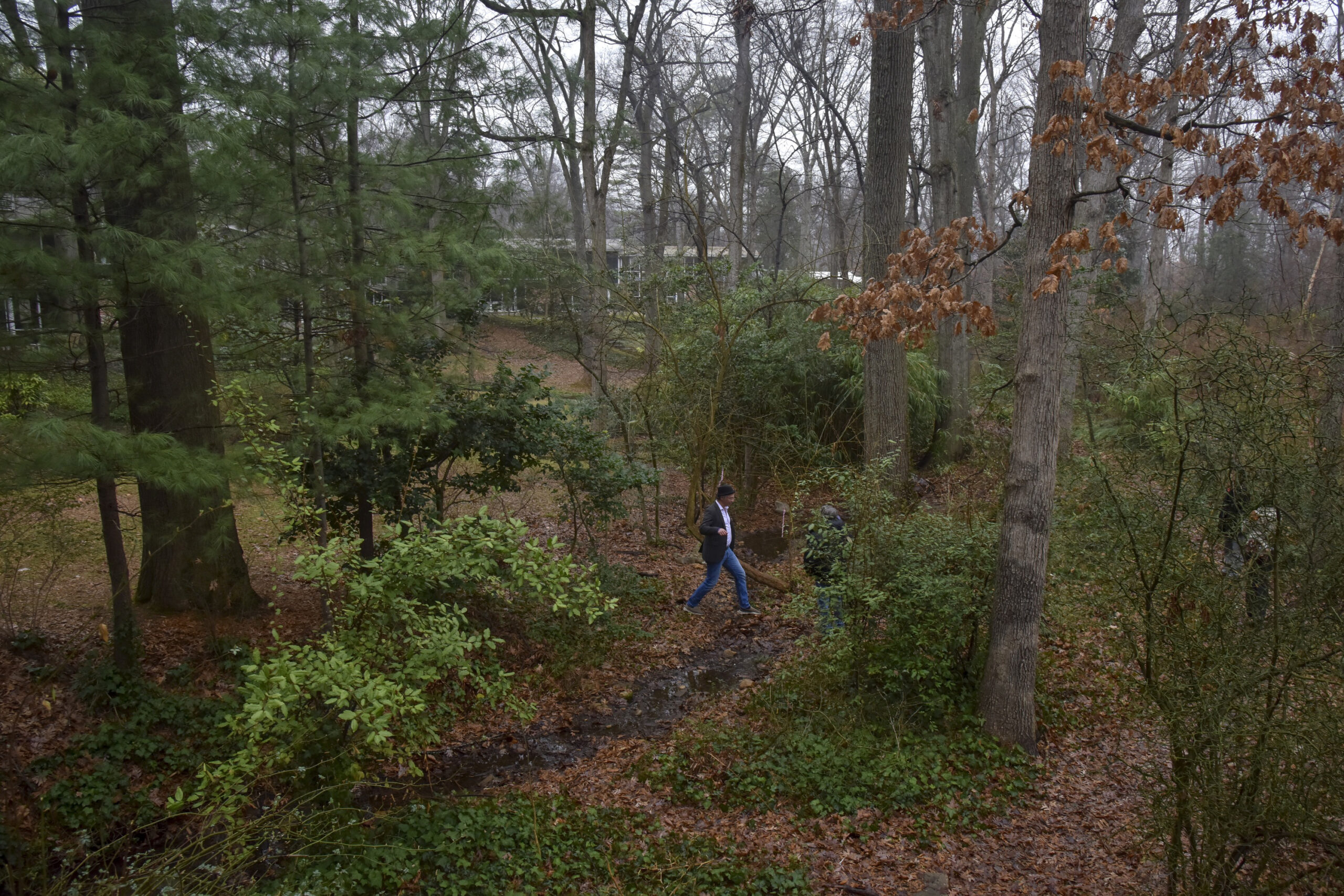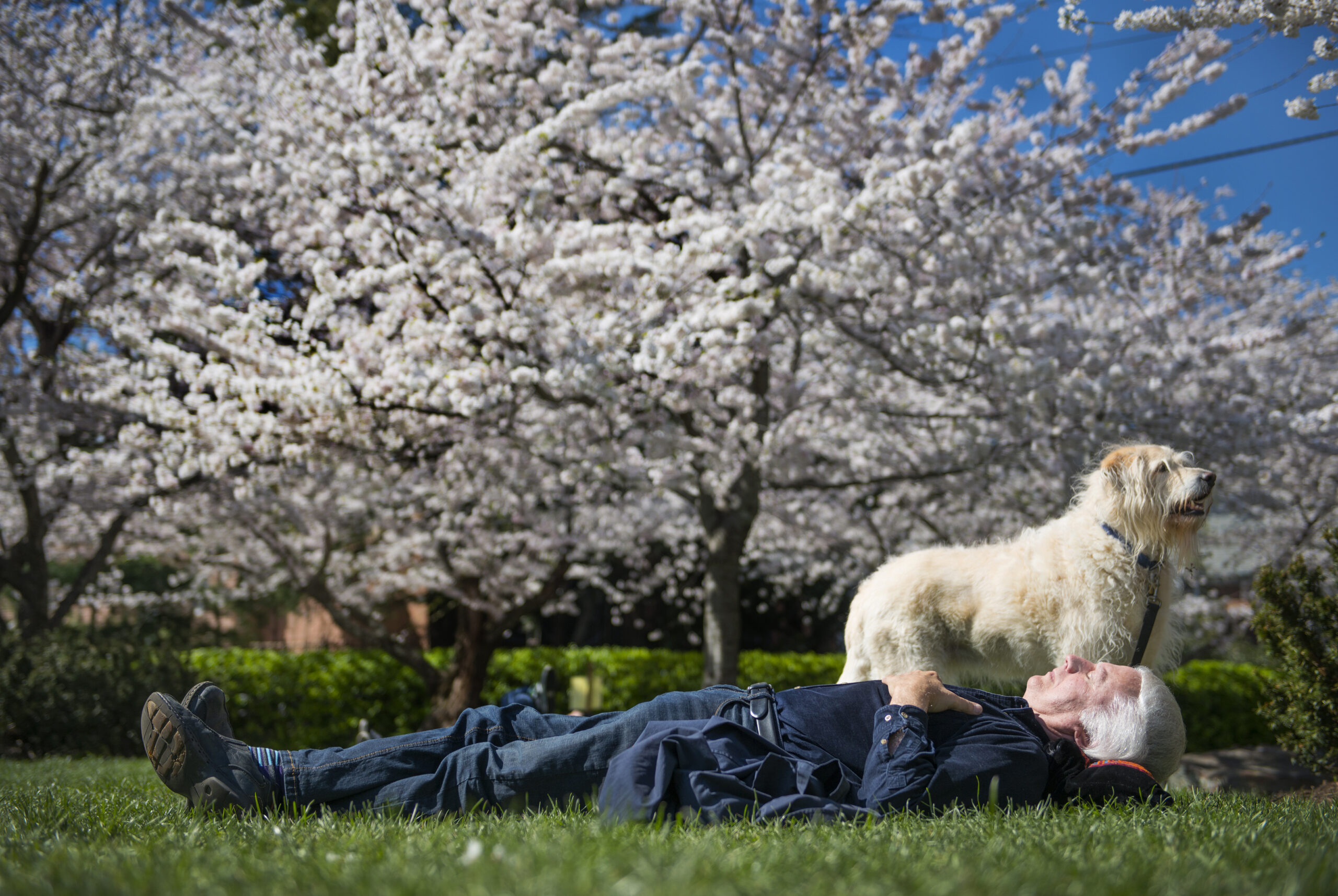Research finds that living near green spaces could add 2.5 years to your life.
THE WASHINGTON POST – Want to live longer? Living near more green spaces could be part of the answer.
A study published in the peer-reviewed journal Science Advances suggests that if you have long-term exposure to more greenery where you live, on average you may be adding 2.5 years to your life.
The paper adds to existing knowledge of the health benefits of living around greenery by shedding more light on how nature can affect our bodies. The researchers looked at long-term exposure to surrounding green spaces and how that affected biological aging among a group of more than 900 people in four United States (US) cities.
“Our study shows that being near green space caused some biological or molecular changes that can be detected in our blood,” said preventive medicine professor at Northwestern University’s Feinberg School of Medicine and the study’s principal investigator Lifang Hou.

To explore the association between long-term exposure to greenery and aging, the researchers compared age-related biological changes in the study’s participants over a 20-year period against data on green spaces near where those people live. Using blood DNA, they were able to measure biological age at a molecular level by analysing small changes in how genes related to the aging process work, Hou said.
If a person’s biological age, which can be sped up or slowed down depending on how they live, is older than their chronological age, they may be at higher risk for developing age-related health conditions such as cancer, cardiovascular disease or Alzheimer’s, she said.
Biological age “really depends on what we do daily”, including what we eat and how physically active we are, Hou said. The study, however, emphasises that it’s not only about what each person individually does for their own health, but also their neighbourhoods and communities, she said.
“We know the benefits of green space in reducing premature mortality,” said an epidemiology professor at Colorado State University David Rojas-Rueda, who has studied the health benefits of vegetation but was not involved in the latest paper.
“This study explains how this could happen by describing how green spaces can modify how genes are expressed,” he wrote in an email.
“This is one of the first studies that really kind of demonstrates how exposure to nature, living in greener areas, may get under our skin and lead to these kinds of fundamental changes to these biomarkers of ageing,” added Peter James, an environmental epidemiologist at Harvard’s T.H. Chan School of Public Health who studies nature and health but who was not involved in the research.
To assess green spaces, the researchers used satellite imaging and applied a widely accepted measure of quantifying vegetation, said Kyeezu Kim, the study’s lead author and a postdoctoral researcher at Northwestern University’s Feinberg School of Medicine.
Kim added that they also identified major parks near the participants’ homes. While that helped identify the location and quantity of plant life, the approach does not provide details about the type – for example, whether the area is a golf course or a forested nature trail – or quality of green space.
“We have this vegetation data, but it tells us very little about what the active ingredients in nature are that influence health,” James said. “It just tells you the quantity of vegetation in a given area around your home.”
Knowing more details about the green spaces studied and what people might be doing in them is critical, said director of the Hixon Center for Urban Ecology at the Yale School of the Environment Karen Seto.

“Because we don’t know what type of green space it is, I think for cities, they don’t know is it sufficient just to plant a bunch of street trees?” said Seto, who did not contribute to the new study.
The study also left other unanswered questions, such as why the rate of biological aging did not appear to be the same across race, gender and socioeconomic status. For example, the researchers observed Black people who had more access to green space were only about one year younger in biological age compared with the study’s average 2.5 years.
Experts said more studies are needed to pinpoint how people might benefit from greenery and what other social determinants that could be involved.
In the meantime, the research should encourage people to think more about their surroundings when making healthy living decisions, in addition to diet, sleep and exercise, Hou said. The study should also serve as motivation for policymakers to incorporate nature into people’s daily lives, James said.
“This is something that we require as human beings to thrive, to be healthy.”





